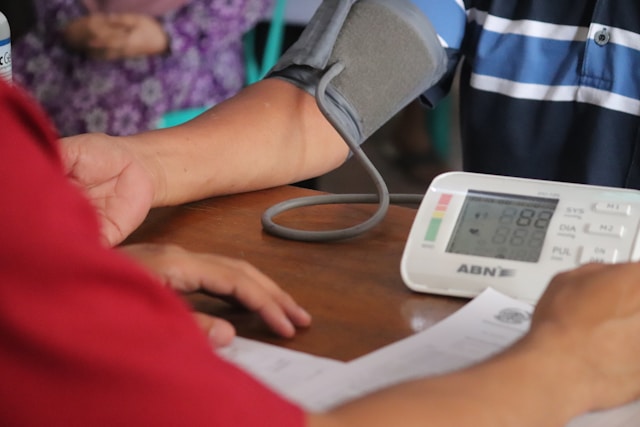Back
Jul 10, 2024
Polarised training 101

Gabriella Florence | Sports Scientist
Polarised training describes a style of endurance training which incorporates a split between hard and easy training sessions. Typically, 80% of training in a polarised training plan is spent at low intensities and only 20% at high intensities. Very little time, if any, is spent at medium intensities.
How do I polarise my training?
Most intensity levels can be determined using your Rating of Perceived Exertion (RPE) or the percentage of your maximum heart rate. RPE describes your perception of effort using a scale from 1 (no effort) to 10 (maximal effort). To estimate your maximum heart rate, you can use either of these two formulas:
Maximum heart rate = 220 - age in years
Maximum heart rate = 207 - (0.7 x age in years)
For easy intensities:
Maintain 70% of your maximum heart rate or an RPE of 3-4.
Hard intensities:
Incorporate intervals of 90%+ of your maximum heart rate or an RPE of 8-10.
What does science say?
Polarised training may make you feel less accomplished after your sessions, spending most of your training time at an easy intensity, but it is an important strategy to minimise the risk of burnout. It will also prepare you for sudden bursts of power that you might need to win in the final sprint of a race. What’s more, there is plenty of research showing that polarised training is one of the best ways to improve your endurance performance!
One study showed that polarised training improved indicators of endurance performance, like maximal endurance capacity (VO2max), time to exhaustion, and peak velocity and power.
Another study showed that 10 weeks of polarised training resulted in greater improvements in 10km running time trials than other forms of endurance training.
Lastly, a study on cyclists showed that six weeks of polarised training resulted in greater improvements in peak power output, lactate threshold, and high-intensity exercise capacity than other forms of endurance training.
Polarised training necessitates the absence of medium intensity efforts with an 80% focus on easy intensities and 20% on hard intensities. In essence, you should make your easy sessions really easy and your hard sessions really hard. Polarised training is a great way to become fitter, faster and stronger, while also minimising fatigue and improving recovery between sessions.












